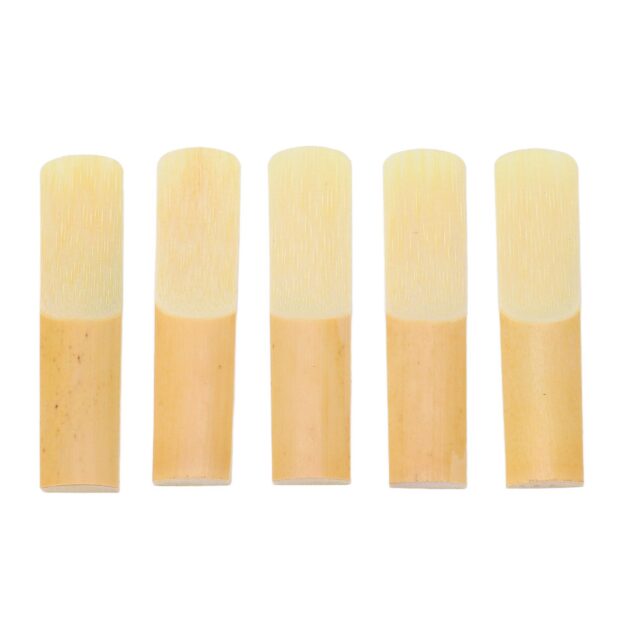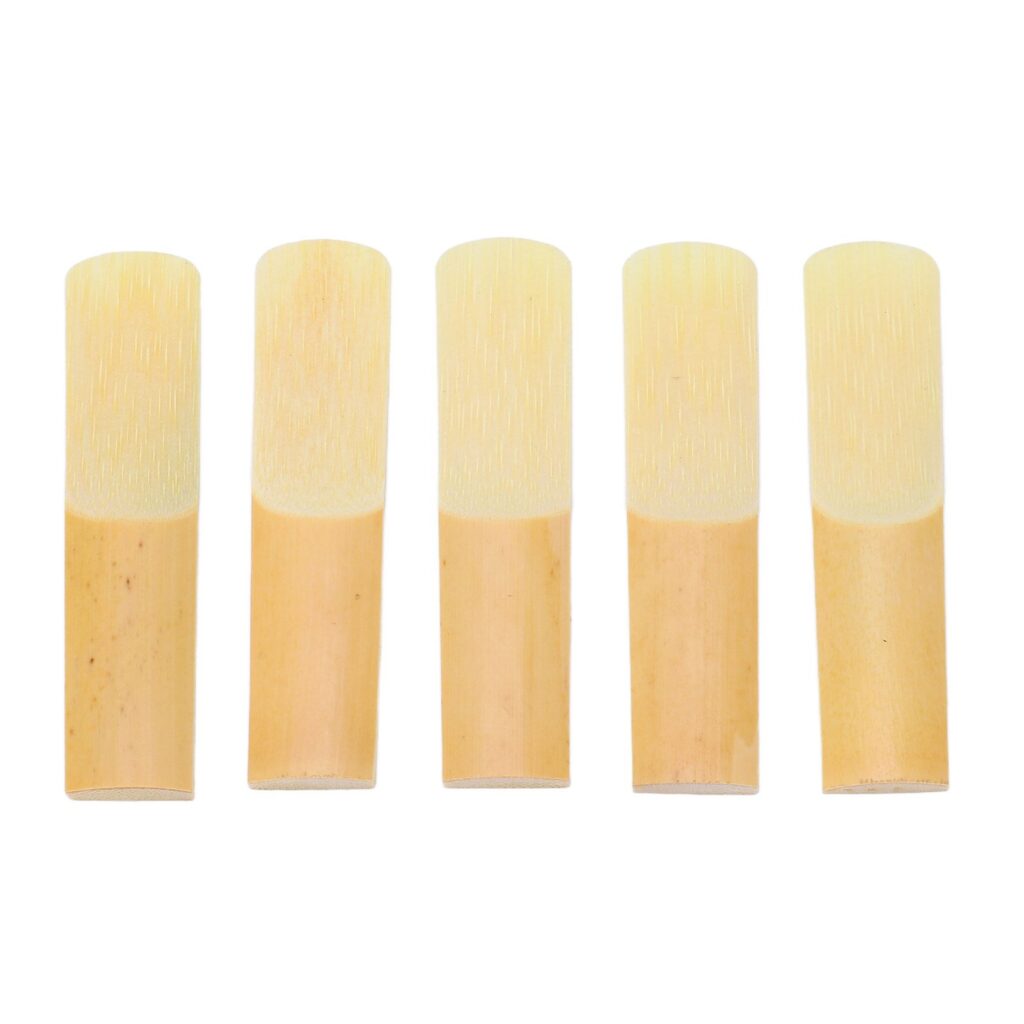If you are asking the question, ‘how to make a reed flute’, just know that it is not possible to make a reed flute because flutes are instruments that do not have reeds, rather it produces the vibration by blowing in their tone hole.
Do Flutes Have Reeds? No, and Here’s Why
When it comes to musical instruments, the flute is one that often raises questions. One of the most common questions people ask about the flute is whether or not it has a reed. The simple answer is no, but there’s more to it than that. In this article, we’ll explore the reasons why flutes don’t have reeds, and what makes them unique. But just know that there is no “how to make a reed flute” because flutes do not have reeds.
Why Don’t Flutes Have Reeds?
To understand why flutes don’t have reeds, it’s important to know what a reed is. A reed is a thin piece of material that vibrates when air is blown over it. In many wind instruments, such as clarinets and saxophones, the sound is produced by the vibration of a reed. However, flutes are different. Flutes don’t have a reed because the sound is produced by the vibration of the air inside the instrument, rather than a reed.
How Do Flutes Work Without Reeds?
Flutes produce sound through a process called Bernoulli’s principle. When air is blown over the mouthpiece of the flute, it creates an area of low pressure. This low-pressure area causes the air inside the flute to vibrate, producing a sound. The sound is then amplified as it travels through the body of the flute and out of the open end. One of the things that makes flutes unique is their range of sound. Flutes are capable of producing both high and low pitches, making them incredibly versatile. Additionally, flutes are often used in a variety of musical genres, from classical to folk to jazz.
Misunderstanding wooden flutes for a reed instrument
The Native American flute, also known as the bansuri or transverse flute, is a musical instrument with a unique sound that has captivated people for centuries. This type of flute doesn’t have reeds and instead produces sound through the vibration of the air inside the instrument. In this article, we’ll explore the different types of Native American flutes, including handmade bamboo and PVC flutes, and how to play them.
Types of Native American Flutes:
Native American flutes come in various sizes and materials, including bamboo, PVC, and wood. Handmade bamboo flutes are popular, as they are lightweight and have a warm, resonant tone. PVC flutes are also common, as they are inexpensive and easy to make.
How to Play the Native American Flute:
Playing the Native American flute requires proper breathing technique and finger placement. Beginners can start with simple songs and work their way up to more complex melodies. There are many resources available online, including YouTube tutorials and instructional books, to help players learn how to play the Native American flute.
The Bansuri Flute
The bansuri flute, also known as the Indian flute, is another type of flute without reeds. It’s similar in design to the Native American flute, but is traditionally made from bamboo. The bansuri is often used in Indian classical music and has a unique, breathy tone.
Handmade Bamboo Flutes
Handmade bamboo flutes are popular among musicians and music enthusiasts. They are often made by hand, using traditional techniques passed down through generations. These flutes come in various sizes and designs, with some featuring intricate carvings and decorative elements.
PVC Flutes
PVC flutes are an inexpensive and accessible way for beginners to start playing the Native American flute. They are easy to make and can be customized to fit the player’s preferences. PVC flutes also have a unique sound, with a bright and clear tone.
Measurement of Flutes
The measurement of flutes is an important factor in determining the pitch and range of the instrument. Longer flutes produce lower pitches, while shorter flutes produce higher pitches. The diameter of the flute also affects the sound, with wider flutes producing a fuller, more resonant tone.
FAQs:
Q: Do all flutes work the same way? A: No, there are different types of flutes, such as the piccolo and the bass flute, but they all produce sound through the vibration of the air inside the instrument.
Q: Can you adjust the pitch of a flute? A: Yes, the pitch of a flute can be adjusted by changing the way the air is blown into the instrument and by covering or uncovering the finger holes.
Q: Are there any other instruments that work like the flute? A: Yes, other instruments that produce sound through the vibration of air include the recorder and the ocarina.
Conclusion
In conclusion, the answer to the question “Do flutes have reeds?” is a resounding no. Flutes produce sound through the vibration of the air inside the instrument, rather than a reed. If you intend to be a flute player, bear in mind that you won’t be dealing with reeds. This unique characteristic is what makes flutes stand out among other wind instruments. Whether you’re a seasoned musician or a curious beginner, understanding the mechanics of the flute can help you appreciate this beautiful instrument even more.


